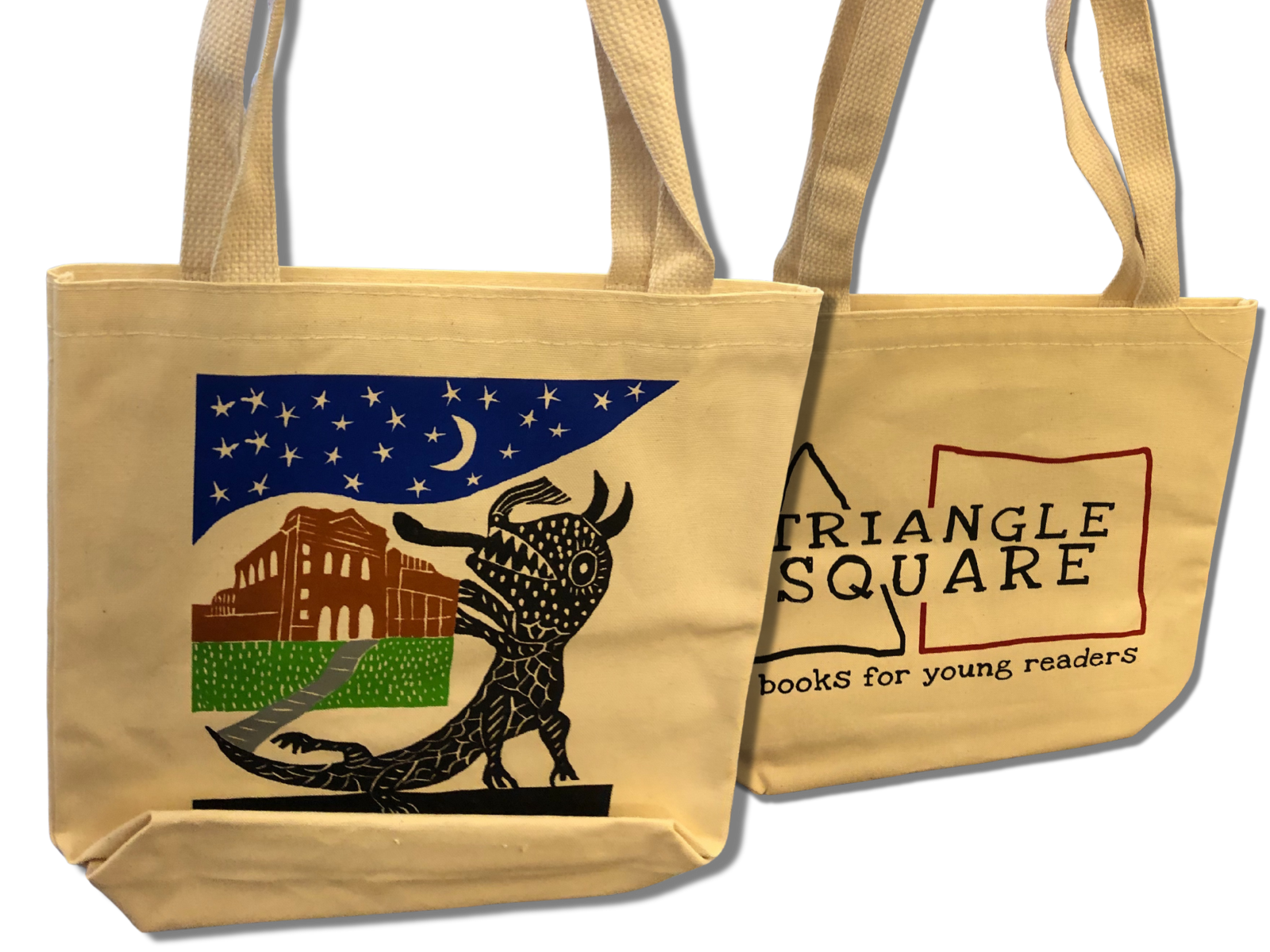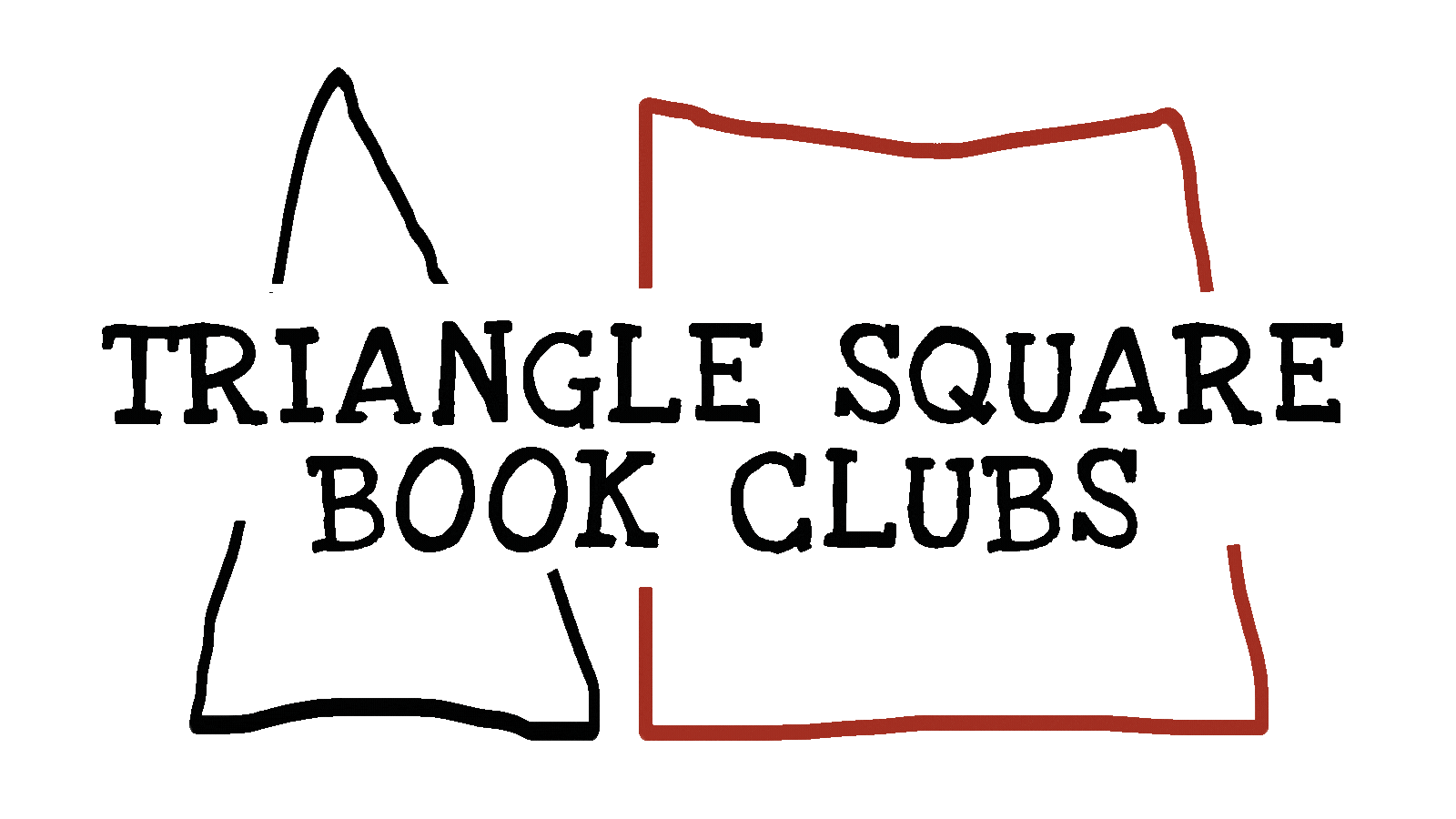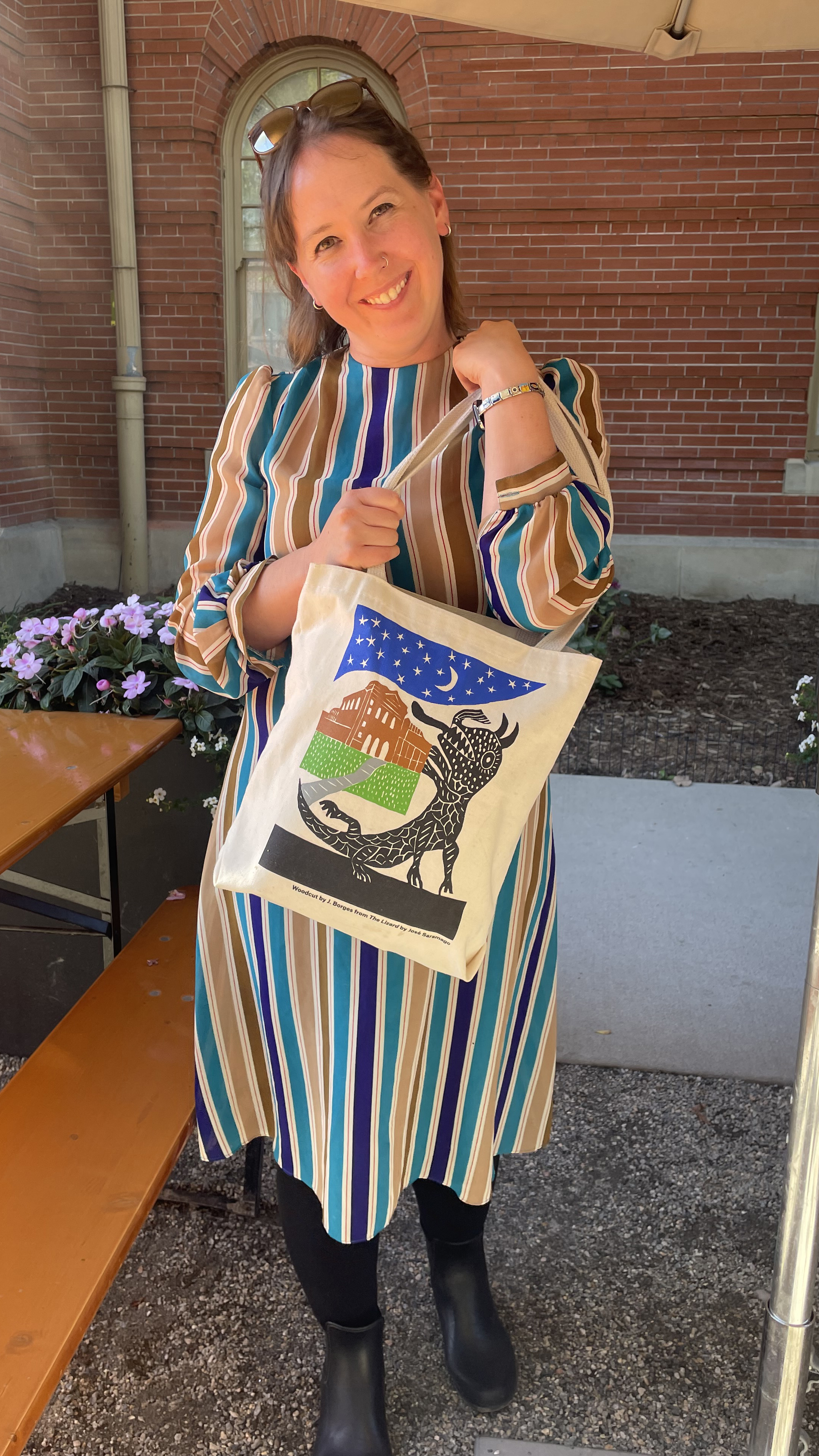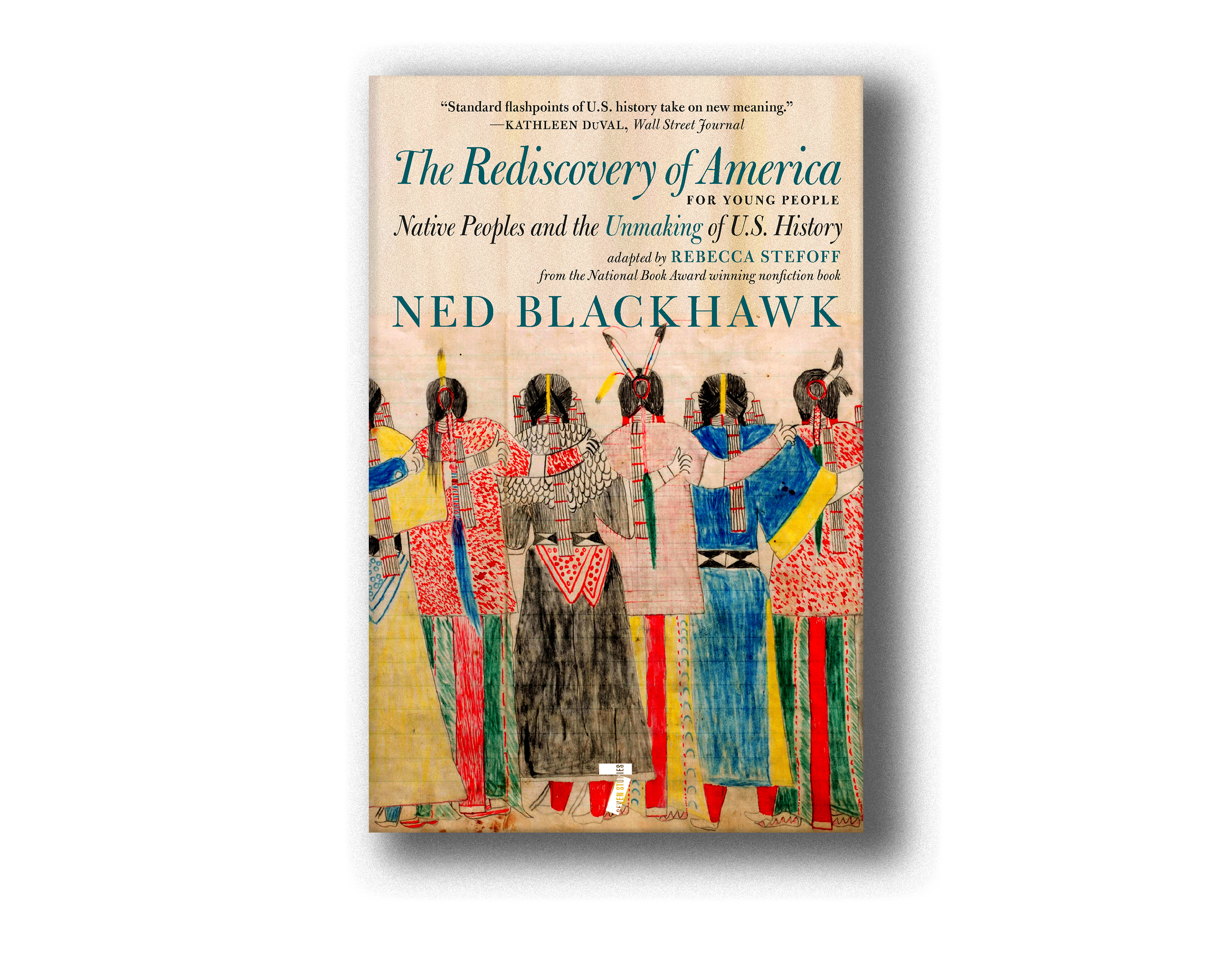An excerpt from Hello, Cruel World
by Kate Bornstein
Today could be the last day of your life. Whether or not you’re thinking of killing yourself, you could die at any moment.
Still here?
Excellent! That’s called staying alive.
Considering that these could very well be the last few moments of your life, why are you spending such precious time reading this book?
And just who am I, trying to creep inside your head and talk to you about staying alive? You have every right to know more about me. So, here’s me coming out to you: My name is Kate Bornstein, and I’m a transsexual.
Still here?
Excellent! That’s called being interested in life’s possibilities.
I’m not exactly a transsexual. A transsexual is a man who becomes a woman, or a woman who becomes a man, and I’m not a man, and I’m not a woman. I break too many rules of both those genders to be one or the other. I transgress gender. You could call me transgressively gendered. You could call me transgender. Me, I call myself a traveler.
I’m traveling through all sorts of identities, picking and choosing what works and leaving the rest behind. I shift and change in order to make staying alive more worthwhile. I shift and change in order to keep myself from getting stuck someplace where I’d rather be dead, or might as well be.
Sometimes I’m aware of shifting my identity, and other times I shift identities without even thinking about it, like a chameleon skillfully morphing its colors and markings to accommodate an ever-changing environment. They’re not multiple personalities, they’re all different ways of expressing me in the world.
Are you exactly the same person today that you were seven years ago? That day could have been the last day of your life, but it wasn’t. Does it seem to you that you’re different than you were then? In point of fact, you are a completely different person at this moment than you were even when you began reading this book. On a submolecular level, nothing about your body is in the same place as it was just a few moments ago. And then there’s your heightened awareness that you really could be dead at any moment. So, are you the same person? I’m not saying you’re not. I’m just asking: do you ever consider what it is that makes you the same person now as you were ten minutes ago, when so much of you is truly different?
Still here? Are you sure? Just kidding. That’s called coming to terms with life through a synthesis of postmodern theory and Zen Buddhism.
I was a boy who didn’t want to be a boy, and in the either/or, gotta-be-one-thing-or-another modernist world of the 1950s, the only alternative to boy was girl, which I wasn’t allowed to be. No one talked about the possibility of being neither. So I worked real hard at being a boy. It was something I was conscious of doing all the time. I watched other boys and did what they did. I did what all the ads and movies and school textbooks told me that boys do.
I watched for what to do right. I needed other people to validate my effort to be real. It was important that they saw me as one of them. I don’t think I ever pulled it off. Their kind of realness seemed always to be out of reach. These days, I’m trying less and less to be a real anything but the real me, whatever that ends up being.
Have you ever pretended to be another kind of person so that someone would like you better, or maybe so they wouldn’t hurt you? Have you ever changed the kind of person you were in order to make people believe you were somehow more real? How did you ensure that you were looking and behaving within acceptable social parameters?
Everyone consciously or unconsciously changes who they are in response to their environment or to some relationship that they are negotiating at any given moment. Every life form does that. It’s a kind of phenotypic plasticity, an observable biological theory that says more or less that all life forms evolve according to their surroundings. They shift and change what they are so that their identity doesn’t wind up causing their death and/or eventual extinction as a species.
Elephants stomping around in the polar regions of our planet evolved into woolly mammoths in response to the bone-deep cold. Their tropical ancestors in Africa and India retained their sun-resistant easier-to-cool nearly hairless gray hides. Life forms evolve not only over thousands of years, but sometimes over the course of just one lifetime. Some life forms can evolve in a little over a few minutes. Humans do that. Our spirits and brains seem to have the kind of genetic RAM and processing speed that it takes to shift identities on the spot, the way a chameleon shifts color.
Sometimes we use costumes to change who we are, sometimes we use drugs and alcohol. We admire people who can shift identities well and seemingly with few or no props: Robin Williams, Carol Burnett, John Belushi. They shuffle identities as effortlessly as a good poker player shuffles a deck of cards.
We don’t learn to shift identities for purely whimsical reasons, or because we’re bored or want to entertain people. It’s something we do in order to survive. The ability to control who and what we are or seem to be in the world is a life skill we learn through practice, just like any other life skill. Have you been practicing?
The less consciously we evolve our identities—who we are and how we’re seen in the world—the better the chances are that one day we’re going to wake up and not know where we are or how we got there. The skills that used to work for us will have stopped working. Our identities always stop working for us at some point. Why? Because the world around us is moving forward in time. Standards of cultural identities change depending on generation, degree of multiculturalism, and who’s sitting in the White House. Identities in culture behave like software in an operating system: you have to keep an eye on what version you’re using, and update it regularly, or you’ll crash badly.
People who are reactionary try to keep the world from changing, rather than do the hard, but ultimately more realistic, work of changing themselves. People who don’t see any way of changing themselves or the world spend a lot of time wishing they were dead.
When we consciously evolve toward an identity that we can live with, life becomes more of a game or a sport, like surfing. I’m not saying it’s an easy or fun thing to do, just that it takes skill, it’s exciting, and it’s absolutely worth the commitment and sacrifice.
Growing up, I got pretty good at being boy. But boy wasn’t an identity I could live with. Boy wasn’t how I wanted to be treated, and boy was never how I wanted to act. Boy never allowed me to truly express myself. Every waking moment that I walked through the world as boy and man made me feel like a liar and a phony. But after I went through with my gender change, I found myself still living a life of working hard at being, only now I was working hard at being girl. Nothing in the paradigm of my life allowed for being neither. And the more I tried to be boy or girl, the less I seemed to measure up to either, and the less I wanted to stay alive. It finally got to the point where it just didn’t seem worth it any more. It came down to this: should I kill myself or should I make myself a life worth living? And it wasn’t so much the question that kept me alive or even my answer. What kept me alive was the notion that it was me who was asking the question.
Somewhere inside me there was a me that wanted to stay alive, whether I knew that me yet or not. The possibility of that began to tip the scales toward life. And then there was the fact that it was me and only me who could actually answer the question of to be or not to be. I took that to mean that if life had endowed me with the responsibility of wrestling with a question like that, then it stood to reason that it had also given me some means by which I could choose life over death with a minimum of suffering. Somewhere inside me there was an identity I could live with that would allow me to be both girl and boy—and neither to boot. The me I’m being today is the result of that reasoning, and I’m having a pretty good life. But that’s my life. Your life is a different story.
Try this: Imagine the world as a place where anyone can safely and even joyfully express themselves the way they’ve always wanted to. Nothing about the bodies they were born with or what they choose to do with those bodies—how they dress them, or decorate, or trim, or augment them—would get people laughed at, or targeted, or in any way deprived of their rights. Can you imagine a world like that?
Stay with that image for a moment and envision yourself as the kind of person who lives happily and contentedly in that world. What gives you pleasure? What are the components of your identity that allow for that pleasure? How many components of that envisioned identity can you put in place in your real life in order to achieve real pleasure?
Envisioning the achievement of this kind of pleasure means that we need to talk about and deal with that which enables it: our desire and our sexuality. Sexuality is more than who we’re attracted to. It is more than what we like to do in bed. It is a social identity. It is the way we experience the world around us in a positive, life-affirming way.
Think about someone you’re attracted to—a movie star, or real person, or someone out of a comic or game. Anyone. Even someone you’re not supposed to be attracted to but are. Just imagine that the two of you like each other in a really nice sort of way, and it makes you smile just to be sitting next to that person.
Now, how do you feel compared to how you felt just a moment ago, before you thought of the object of your affection? That’s how thinking about—and coming to terms with—sexuality can help you want to go on living.
Try this advanced mode of the exercise you just did: Imagine sweet sex with a really great person or persons, and it’s making both or all of you feel great. Go on, think of the best sex you’ve ever thought of, even if you’ve never had that kind of sex. Think about every kind of sex you can think of, especially if you’re a virgin in any kind of sex and even if some people say it’s not right for you to think about it.
Can you imagine being the kind of person who has that kind of sweet sex and relationship? If you can imagine it, you are completely capable of taking steps to realize it. It’s a matter of trusting someone enough to let them know who you really are. Trust yourself first. You’ve managed to stay alive for the last few pages of some pretty heavy stuff. You’ve trusted me to more or less make sense of choosing life over death. That’s how you trust other people. Just like that. Trust them to help you explore and understand your desire and sexuality.
I’ve long wanted to give my sexuality a name so that I could better understand it, and share it with other people. I tried to call myself a lesbian. I love women. I always have. All the big loves of my life have been women, including the three I’ve loved deeply enough to call my wife. I’ve wed three women, but I’m not a lesbian. I would have sex with Christian Slater, Johnny Depp, or David Duchovny in a New York minute. I just don’t want a romantic relationship with any of them. Well, maybe Johnny Depp. Does that make me bisexual? No, because the textbooks tell me that bisexuals are men or women who love men and women, and that gets me back to not being a man or a woman.
If you were in this picture, who would you be?
I’ve tried to explain my sexuality using the words sadomasochistic femme bottom. Whoa! This is really easy to explain without having to warn you about sexually explicit material coming up. Sadomasochistic means that pain is something I can play with erotically, and that I enjoy playing safely, sanely, and consensually with other people who like to play with pain erotically. Femme means I like being girly, I like making butch women smile, and it makes me happy when someone thinks I’m cute. And bottom means that I like to be the one who’s taking the pain, not the one who gives it. I’ve been an owned and collared slave, but I’ve also been a not-so-successful professional dominatrix. Still, how can I really be a sadomasochist when I enjoy plain old sweat-a-lot, laugh-a-lot, scream-a-lot vanilla sex so much? Like everything else, understanding my sexuality is a matter of having an appreciation for the ways in which my desire and pleasure changes.
Right now, I’m having the time of my life being a tranny dyke. Goodness, do you think I planned on that?
We all want an identity that makes life worth living. The good news is, you get to decide what pleases you and makes you feel the most secure. You get to decide which identity you are going to be or not be. It is up to you to travel bravely through the nature of your own desire to a place where you can take it or leave it. That’s a sweet place to be. You can explore the nature of your desire through either sex or gender. How about a gender identity that’s celibate, or that has sex with itself? Or sex with some deity? Have you explored all the possibilities?
So . . . how would you name your sexuality? Are you gay or lesbian? Are you heterosexual or bisexual? Are you monogamous? Polyamorous? Sex positive? Something else entirely? How many ways of being have you allowed yourself? Look, you’re not even the same person you were ten minutes ago. None of us is. Are you straight? Only and forever? Are you queer? Only and forever? We change our attitudes, our opinions, and our relationships. We change our minds, our politics, our moods, our sympathies and our clothing. We simply change.
The Serenity Prayer is all about change. We ask for the serenity to accept the things we cannot change, the courage to change the things we can, and the wisdom to know the difference. My third wife, Jackie, taught me that one, bless her.
So, here, during what might be the last few moments of our lives, what do we know about each other, you and me? The best I can say is: Hello. I’m Kate Bornstein. I’m traveling.
And I can tell you this with certainty: You are worthy and capable of finding a way to live your life just the way you really are. And there are plenty of good people in the world who believe that a life like yours needs to be lived. If you work at being as fully you as you can possibly be, you will feel better.
And keep in mind that the you that makes life worth living today probably won’t be the same you that makes life worth living this time next year. Identities aren’t meant to be permanent. They’re like cars: they take us from one place to another. We work, travel, and seek adventure in them until they break down beyond repair. At that point, living well means finding a new model that better suits us for a new moment.
I believe in the truth of you and so do a lot of other people, people you may not even know yet. Whatever you’re being right now, wherever you’ve been traveling, and whatever you might become tomorrow, I believe in you.
This book is a lot about learning how to give yourself permission to go on living even when it really hurts. Right now you might be glad I’ve given you permission. Eventually, you’ll no longer need anyone’s but your own. Permission to do what? Permission to take yet another stab at putting together the kind of identity that makes you feel that you’re being true to yourself and that life is worth living. Go ahead, give yourself permission to become the kind of person you’ve always dreamed you could be.






 British-Egyptian writer Alaa Abd el-Fattah, author of You Have Not Yet Been Defeated, was released last night from Wadi El-Natrun prison in Egypt and has since been reunited with his mother and one of his sisters in Cairo.
British-Egyptian writer Alaa Abd el-Fattah, author of You Have Not Yet Been Defeated, was released last night from Wadi El-Natrun prison in Egypt and has since been reunited with his mother and one of his sisters in Cairo.